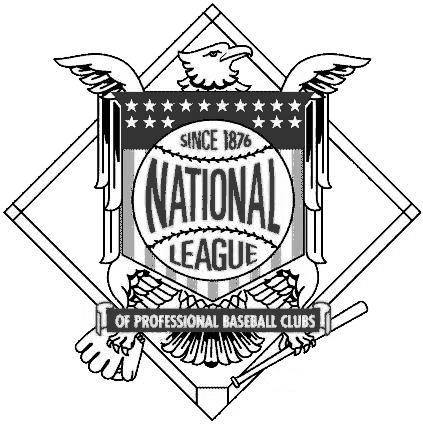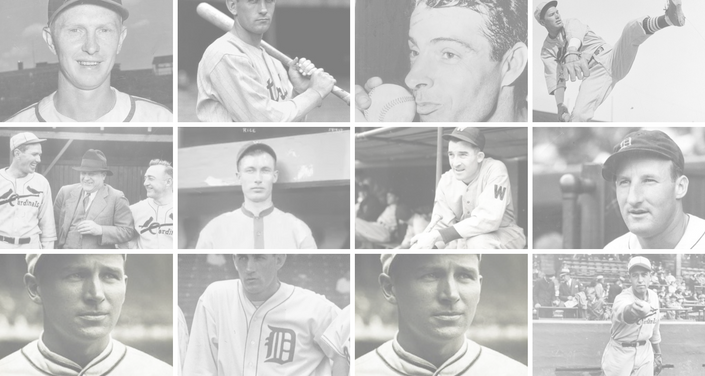The National League Rules Committee decrees that all foul balls are to count as strikes, except after two strikes.
1901 – The National League Rules Committee decrees that all foul balls are to count as strikes, except after two strikes. To cut the cost of lost foul balls, the committee urges that batsmen who foul off good strikes are to be disciplined. The American League will not adopt this rule for several years. Other new rules: catchers must play within 10 feet of the batter; a ball will be called if the pitcher does not throw to a ready and waiting batter within 20 seconds, and players using indecent or improper language will be banished by the umpire. A ball will be called when a batter is hit by a pitch, but, in a mail vote, the owners will rescind this in April, and a HBP will earn a batter first base.



